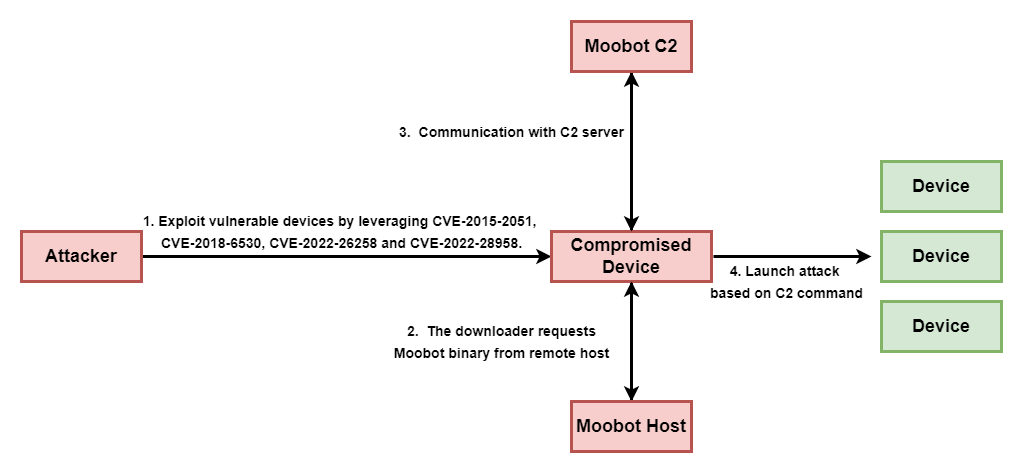Hybrid IT is Here to Stay – CIO
The hybrid IT architecture is here to stay, according to F5’s 2023 State of Application Strategy Report, and that has profound implications for how enterprises should be thinking about modernizing, deploying, and securing applications.

The hybrid IT architecture is here to stay, according to F5’s 2023 State of Application Strategy Report, and that has profound implications for how enterprises should be thinking about modernizing, deploying, and securing applications.
Data collected from more than 1,000 survey respondents indicates that IT leaders have come to realize there is simply no one environment that works best for all applications. While the public cloud remains an option, on-prem deployments are on the rise, and organizations anticipate operating in hybrid mode for the foreseeable future.
According to the survey, only 15% of enterprises applications are currently running in the public cloud, 17% are hosted by SaaS vendors, another 16% are located in on-prem private clouds, while 37% are running in traditional, on-premises data centers. That’s actually up 2% compared to last year.
The pendulum that swung toward the public cloud over the past 10 years appears to be swinging back. In 2018, three-fourths of survey respondents said they planned to deploy up to half of their apps in some type of cloud. By 2020, that number had dropped to about one-fourth of respondents. And today, only 48% of survey respondents said they have any apps in the cloud at all.
“Hybrid IT is a destination. This is not a transitory state,” says F5 Distinguished Engineer Lori MacVittie. “People are purposefully choosing to be hybrid IT, as opposed to this idea that everything will be in the cloud and all apps will be Kubernetes based. We think that’s a false premise to operate on, and it leads to bad strategic decisions.”
The headwinds facing public cloud adoption include concerns about data control, security and cost. More than one-third of respondents said they have recently repatriated applications from public cloud to on-prem, or plan to do so. Rather than adopting a rigid “cloud-first” strategy, organizations are making decisions on a case-by-case basis and placing applications where it makes the most sense.
What does hybrid IT look like
Hybrid IT refers not only to where the application is located, but also to the type of application: traditional or modern. Respondents said one-third of their application portfolios (excluding SaaS) can be described as modern and that is expected to steadily increase as organizations either modernized the apps themselves, or replace them with SaaS alternatives.
However, 95% of organizations operate traditional apps today and MacVittie points out that many legacy apps are “tethered to on-premises by the weight of the data they have to process.” And 16% percent of survey respondents say they have no plans to retire legacy apps.
What should organizations do?
Hybrid IT is here to stay, with more than 20% of survey respondents indicating they have apps in six different environments. The top challenge associated with this multicloud setup is the complexity of tools and APIs that results from lack of standardization or interoperability of tools used for different deployment models.
MacVittie says: “You don’t want to keep adding new application delivery and security services every time you add an app or an environment. You should be thinking about app delivery and security more strategically as a component that are you are deliberately choosing and putting in place to reduce friction and improve the efficiency of your entire system.”
Want to learn more? Get the 2023 State of Application Strategy Report









